Small Missions
Overview
Not every NASA mission is the size and cost of Hubble or Webb. Many important instruments and missions are quite small and use less expensive methods to reach space or even simply get above most of the atmosphere.
Sounding Rockets
Sounding rockets carry scientific instruments into space along a parabolic trajectory. Their overall time in space is brief, typically 5-20 minutes, and at lower vehicle speeds for a well-placed scientific experiment.
High Above Down Under Series
Go to this pageAround a different star, Earth may never have developed life at all. So what makes a star friendly to life? We joined two rocket teams as they traveled to the remote Northern Territory of Australia to capture light from our closest stellar neighbors to help reveal the answer. Follow their journey in the 6-part video series High Above Down Under. Episodes released weekly starting June 27, 2023. ||
Riding Along With a NASA Sounding Rocket (2021)
Go to this pageOn Sept. 9, 2021, a sounding rocket launched from the White Sands Missile Range in New Mexico, carrying a copy of the Extreme Ultraviolet Variability Experiment, or EVE. This flight was used to calibrate the identical version of EVE that has flown in space since 2010 aboard NASA’s Solar Dynamics Observatory (SDO). Over the years, the space-based EVE has become degraded by intense sunlight, so scientists fly periodic calibration missions to keep EVE’s measurements sharp. ||
Grand Challenge Initiative - Cusp: Launch Photos & Videos
Go to this pageAZURE MissionColorful clouds formed by the release of vapors from the two AZURE rockets allow scientist to measure auroral winds.Credit: NASA/Lee Wingfield || Azure_ampule_release_print.jpg (1024x682) [97.8 KB] || Azure_ampule_release.jpg (2400x1600) [346.6 KB] || Azure_ampule_release_searchweb.png (320x180) [54.6 KB] || Azure_ampule_release_web.png (320x213) [67.1 KB] || Azure_ampule_release_thm.png (80x40) [4.6 KB] ||
Sounding Rockets Highlights
Go to this pageNASA Launches Sounding Rockets to Study AuroraMusic credit: Trial by Gresby Race Nash [PRS] from Killer Tracks. || LARGE_MP4-12598_SoundingRockets_MASTER_large.00745_print.jpg (1024x682) [134.2 KB] || LARGE_MP4-12598_SoundingRockets_MASTER_large.00745_searchweb.png (320x180) [74.7 KB] || LARGE_MP4-12598_SoundingRockets_MASTER_large.00745_web.png (320x213) [92.8 KB] || LARGE_MP4-12598_SoundingRockets_MASTER_large.00745_thm.png (80x40) [5.3 KB] || 12598_SoundingRockets_MASTER.mov (1152x768) [579.8 MB] || PRORES_B-ROLL-12598_SoundingRockets_MASTER_prores.mov (1280x720) [590.8 MB] || APPLE_TV-12598_SoundingRockets_MASTER_appletv.m4v (1280x720) [41.0 MB] || NASA_TV-12598_SoundingRockets_MASTER.mpeg (1280x720) [280.2 MB] || LARGE_MP4-12598_SoundingRockets_MASTER_large.mp4 (1152x768) [85.0 MB] || YOUTUBE_HQ-12598_SoundingRockets_MASTER_youtube_hq.mov (1152x768) [105.8 MB] || LARGE_MP4-12598_SoundingRockets_MASTER_large.webm (1152x768) [8.9 MB] || APPLE_TV-12598_SoundingRockets_MASTER_appletv_subtitles.m4v (1280x720) [41.1 MB] || soundingrockets-v14.en_US.srt [1.1 KB] || soundingrockets-v14.en_US.vtt [1.1 KB] || NASA_PODCAST-12598_SoundingRockets_MASTER_ipod_sm.mp4 (320x240) [14.1 MB] ||
Sounding Rockets
Go to this pageFor over 40 years, NASA's Sounding Rocket Program has provided critical scientific, technical, and educational contributions to the nation's space program and is one of the most robust, versatile, and cost-effective flight programs at NASA. Sounding rockets carry scientific instruments into space along a parabolic trajectory. Their overall time in space is brief, typically 5-20 minutes, and at lower vehicle speeds for a well-placed scientific experiment. The short time and low vehicle speeds are more than adequate (in some cases they are ideal) to carry out a successful scientific experiments. Furthermore, there are some important regions of space that are too low for satellites and thus sounding rockets provide the only platforms that can carry out measurements in these regions. Go to NASA.gov for the latest sounding rocket news.
Balloons
Balloons have been used for decades to conduct scientific studies. They can be launched from locations across the globe and are a low-cost method to carry payloads with instruments that conduct scientific observations.
ComPair Infographic
Go to this pageExplore this infographic to learn more about ComPair and scientific ballooning.Credit: NASA’s Goddard Space Flight CenterMachine-readable PDF copy || ComPair_Infographic_Final.jpg (5100x6600) [3.3 MB] || ComPair_Infographic_Final.png (5100x6600) [11.7 MB] || ComPair_Infographic_Final-half.jpg (2550x3300) [1.3 MB] || ComPair_Infographic_Final-half.png (2550x3300) [3.8 MB] ||
Scientists in the Field
Go to this pageVideo compiliations of NASA scientists and partners working in the field. Available to download. || Researchers in volcanic regions. Footage from GIFT in Hawaii. || Compilation2-MaunaLoa.00015_print.jpg (1024x576) [166.4 KB] || Compilation2-MaunaLoa.00015_searchweb.png (320x180) [102.7 KB] || Compilation2-MaunaLoa.00015_thm.png (80x40) [7.6 KB] || Compilation2-MaunaLoa.mp4 (3840x2160) [1.1 GB] || Compilation2-MaunaLoa.webm (3840x2160) [57.4 MB] ||
NASA’s New Solar Scope Is Ready For Balloon Flight
Go to this pageNASA and the Korea Astronomy and Space Science Institute, or KASI, are getting ready to test a new way to see the Sun, high over the New Mexico desert. A pearlescent balloon — large enough to hug a football field — is scheduled to take flight no earlier than Aug. 26, 2019, carrying beneath it a solar scope called BITSE. BITSE is a coronagraph, a kind of telescope that blocks the Sun’s bright face in order to reveal its dimmer atmosphere, called the corona. Short for Balloon-borne Investigation of Temperature and Speed of Electrons in the corona, BITSE seeks to explain how the Sun spits out the solar wind. ||
PIPER Infographic
Go to this pageThe Primordial Inflation Polarization Explorer (PIPER) is a NASA scientific balloon mission that will fly to the edge of Earth’s atmosphere to study twisty patterns of light in the universe’s “baby picture.” This infographic highlights some facts about PIPER’s instruments, capabilities and goals.Credit: NASA's Goddard Space Flight CenterMachine-readable PDF copy || PIPER_Infographic_FINAL_Medium.jpg (1500x1941) [902.2 KB] || PIPER_Infographic_FINAL_Small.jpg (1000x1294) [469.6 KB] || PIPER_Infographic_FINAL.jpg (5100x6600) [6.6 MB] || PIPER_Infographic_FINAL.png (5100x6600) [15.3 MB] || PIPER_Infographic_FINAL_half.jpg (2550x3300) [1.7 MB] || PIPER_Infographic_FINAL_half.png (2550x3300) [6.9 MB] ||
NASA Launches Super-Pressure Balloon
Go to this pageNASA successfully launched a super pressure balloon (SPB) from Wanaka Airport, New Zealand, at 11:35 a.m. Tuesday, May 17, (7:35 p.m. EDT Monday, May 16) on a potentially record-breaking, around-the-world test flight.The balloon flies at an altitude of about 110,000 feet, in a layer of Earth's atmosphere known as the stratosphere.The purpose of the flight is to test and validate the SPB technology with the goal of long-duration flight (100+ days) at mid-latitudes. In addition, the gondola is carrying the Compton Spectrometer and Imager (COSI) gamma-ray telescope as a mission of opportunity.Another mission of opportunity is the Carolina Infrasound instrument, a small, 3-kilogram payload with infrasound microphones designed to record acoustic wave field activity in the stratosphere. Developed by the University of North Carolina at Chapel Hill, previous balloon flights of the instrument have recorded low-frequency sounds in the stratosphere, some of which are believed to be new to science.As the balloon travels around the Earth, it may be visible from the ground, particularly at sunrise and sunset, to those who live in the southern hemisphere’s mid-latitudes, such as Argentina and South Africa.NASA’s scientific balloons offer low-cost, near-space access for conducting scientific investigations in fields such as astrophysics, heliophysics and atmospheric research.NASA’s Wallops Flight Facility in Virginia manages the agency’s scientific balloon flight program with 10 to 15 flights each year from launch sites worldwide. Orbital ATK, which operates NASA’s Columbia Scientific Balloon Facility in Palestine, Texas, provides mission planning, engineering services and field operations for NASA’s scientific balloon program. The CSBF team has launched more than 1,700 scientific balloons in the over 35 years of operation.Track the flight's progress in real-time here. ||
Balloons
Go to this pageSince its establishment more than 30 years ago, the NASA Balloon Program has provided high-altitude scientific balloon platforms for scientific and technological investigations, including fundamental scientific discoveries that contribute to our understanding of the Earth, the solar system, and the universe. Balloons have been used for decades to conduct scientific studies. They can be launched from locations across the globe and are a low-cost method to carry payloads with instruments that conduct scientific observations. The primary objective of the NASA Balloon Program is to provide high altitude scientific balloon platforms for scientific and technological investigations. These investigations include fundamental scientific discoveries that contribute to our understanding of the Earth, the solar system, and the universe. Scientific balloons also provide a platform for the demonstration of promising new instrument and spacecraft technologies that enable or enhance the objectives for the Science Mission Directorate Strategic Plan.
CubeSats
CubeSats are a class of nanosatellites that use a standard size and form factor. CubeSats now provide a cost effective platform for science investigations, new technology demonstrations and advanced mission concepts using constellations, swarms disaggregated systems.
BurstCube Animations
Go to this pageBurstCube is a mission under development at NASA’s Goddard Space Flight Center in Greenbelt, Maryland. This CubeSat will detect short gamma-ray bursts, which are important sources for gravitational wave discoveries and multimessenger astronomy. The satellite is expected to launch in 2023. ||
Artemis I
Go to this pageNASA’s Artemis missions are returning humanity to the Moon and beginning a new era of lunar exploration. This year, the agency plans to launch the Artemis I mission, an uncrewed test flight that will take a human-rated spacecraft farther than any before. ||
SunRISE Beauty Pass
Go to this pageA coronal mass ejection (CME) erupts from the Sun and sends Type II radio bursts ahead of it. SunRISE measures the radio bursts and transmits the data to NASA’s Deep Space Network. Type II radio bursts are the earliest indicators of shocks from a solar eruption and can provide information on solar energetic particle (SEP) events. || SUNRISE-shot1_v06_4k_30fps_ProRes422.00240_print.jpg (1024x576) [172.5 KB] || SUNRISE-shot1_v06_4k_30fps_ProRes422.00240_searchweb.png (320x180) [87.2 KB] || SUNRISE-shot1_v06_4k_30fps_ProRes422.00240_thm.png (80x40) [5.9 KB] || SUNRISE-shot1_v06_4k_30fps_ProRes422.mov (3840x2160) [695.8 MB] || SUNRISE-shot1_v06_4k_30fps_h264.mp4 (3840x2160) [13.7 MB] || SUNRISE-shot1_v06_4k (3840x2160) [32.0 KB] || SUNRISE-shot1_v06_4k_30fps_ProRes422.webm (3840x2160) [5.3 MB] ||
During a Year in Orbit, IceCube Created a New Map of Earth's Clouds
Go to this pageMusic: Charming Noise by Adrien Sahuc [SACEM], Benjamin Sahuc [SACEM]Complete transcript available. || Screen_Shot_2018-05-14_at_5.20.10_PM.png (1536x858) [868.8 KB] || Screen_Shot_2018-05-14_at_5.20.10_PM_print.jpg (1024x572) [51.8 KB] || Screen_Shot_2018-05-14_at_5.20.10_PM_searchweb.png (320x180) [39.5 KB] || Screen_Shot_2018-05-14_at_5.20.10_PM_thm.png (80x40) [3.9 KB] || YOUTUBE_1080_12957_IceCube_youtube_1080.mp4 (1920x1080) [127.0 MB] || 12957_IceCube.webm (960x540) [31.6 MB] || 12957_IceCube_large.mp4 (1920x1080) [80.1 MB] || a012957_IceCubeviz_textfree.mov (1920x1080) [2.1 GB] || 12957_IceCube.en_US.srt [1.2 KB] || 12957_IceCube.en_US.vtt [1.2 KB] ||
CubeSats
Go to this pageCubeSats are a class of nanosatellites that use a standard size and form factor. The standard CubeSat size uses a "one unit" or "1U" measuring 10x10x10 cms and is extendable to larger sizes; 1.5, 2, 3, 6, and even 12U. Originally developed in 1999 by California Polytechnic State University at San Luis Obispo (Cal Poly) and Stanford University to provide a platform for education and space exploration. The development of CubeSats has advanced into it's own industry with government, industry and academia collaborating for ever increasing capabilities. CubeSats now provide a cost effective platform for science investigations, new technology demonstrations and advanced mission concepts using constellations, swarms disaggregated systems.
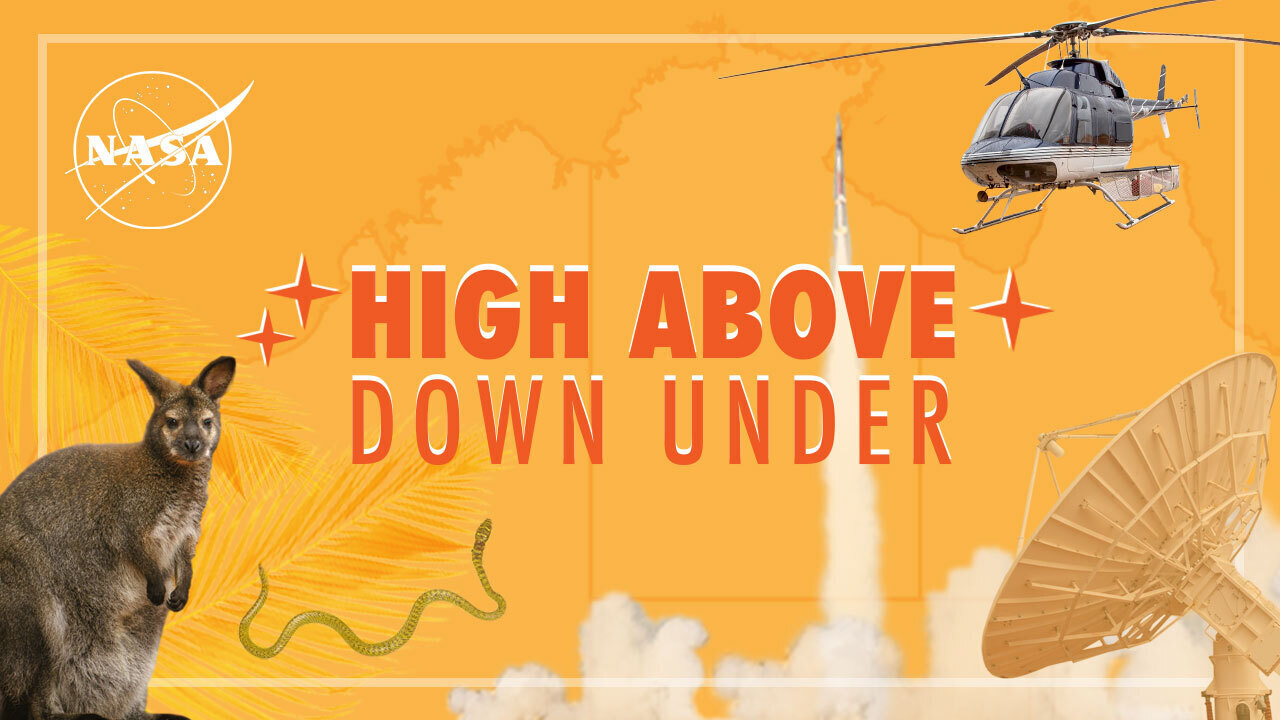
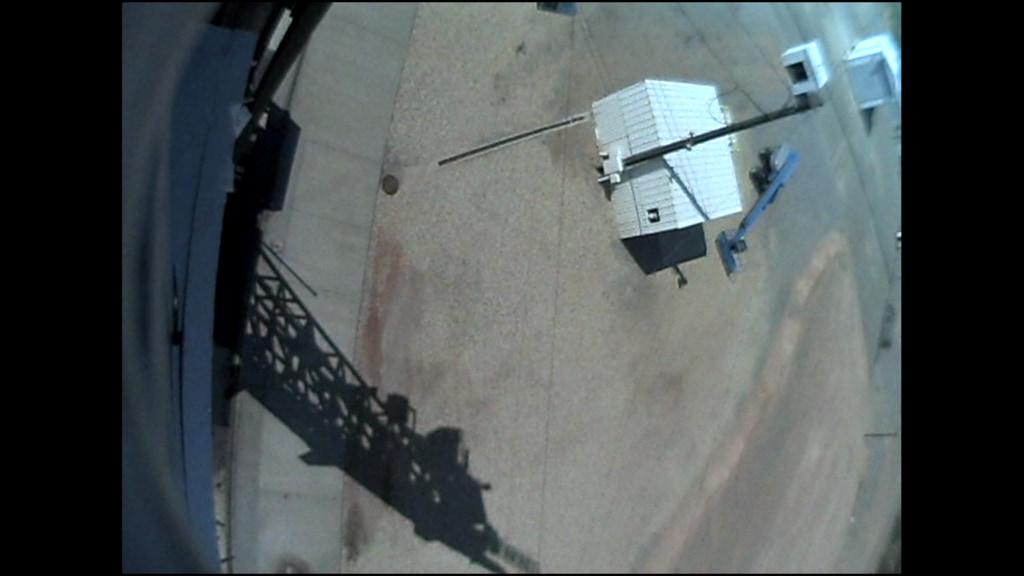
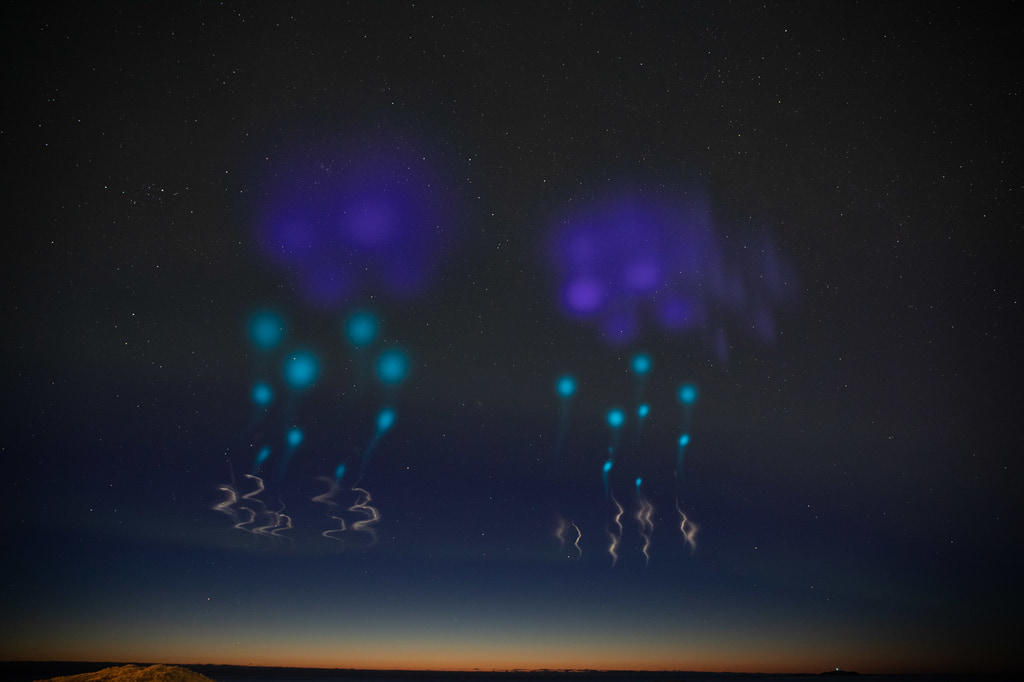
![NASA Launches Sounding Rockets to Study AuroraMusic credit: Trial by Gresby Race Nash [PRS] from Killer Tracks.](/vis/a010000/a012500/a012598/LARGE_MP4-12598_SoundingRockets_MASTER_large.00745_print.jpg)

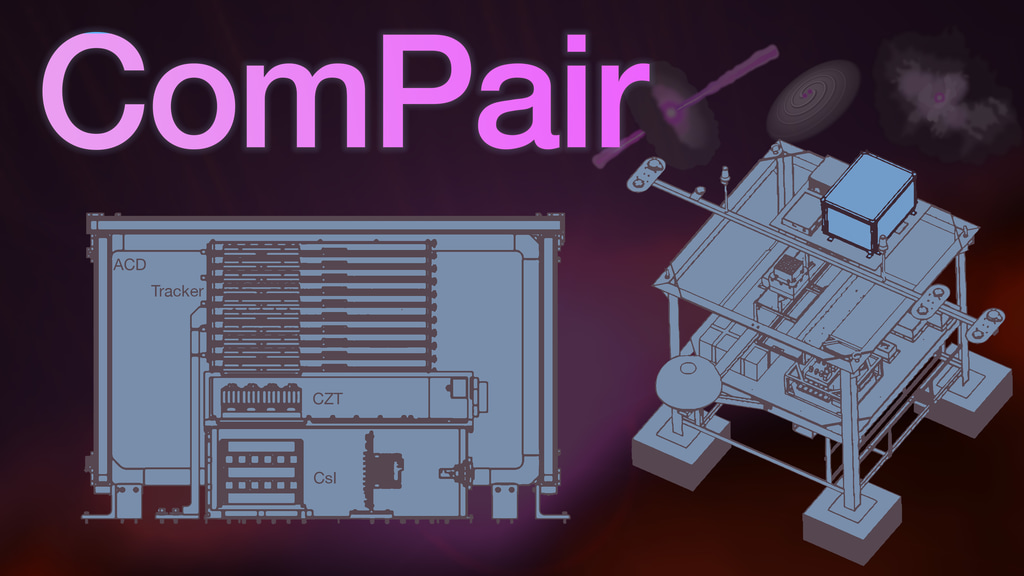
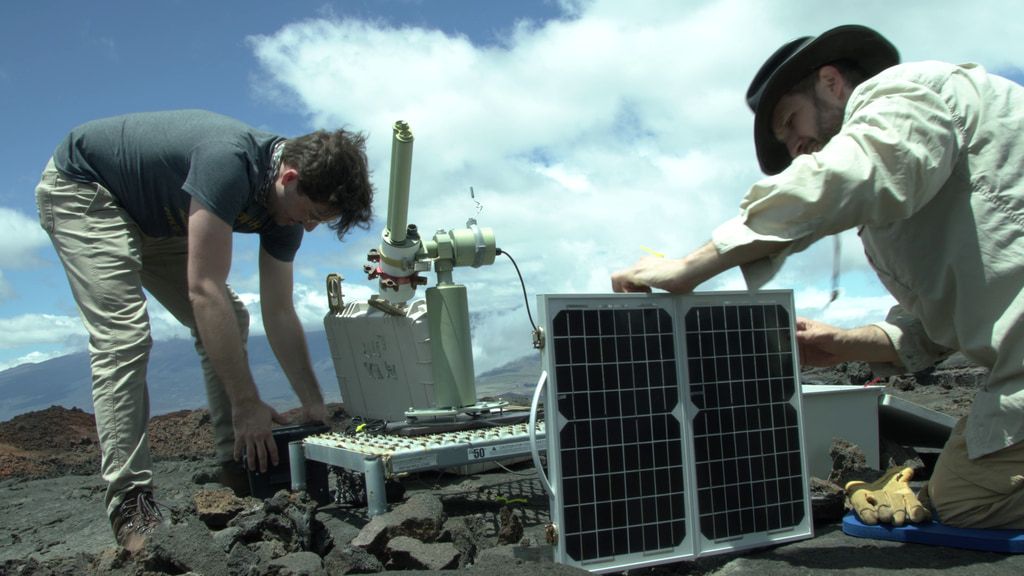
![Music credit: "Gear Wheels" by Fabrice Ravel Chapuis [SACEM] from Killer Tracks Complete transcript available.Watch this video on the NASA Goddard YouTube channel.](/vis/a010000/a013200/a013291/BITSE_ReadyForFlight_YouTube.00283_print.jpg)
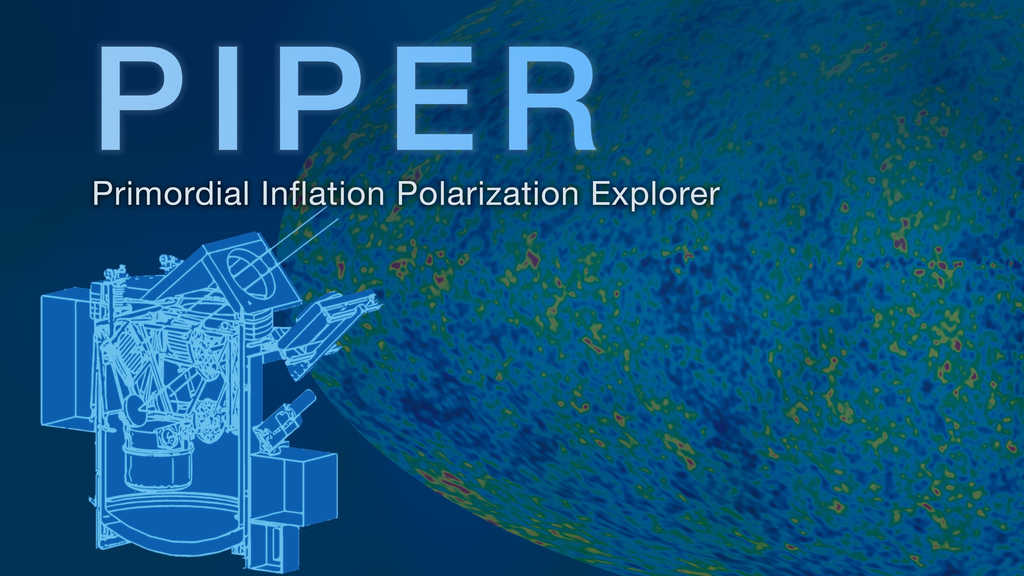
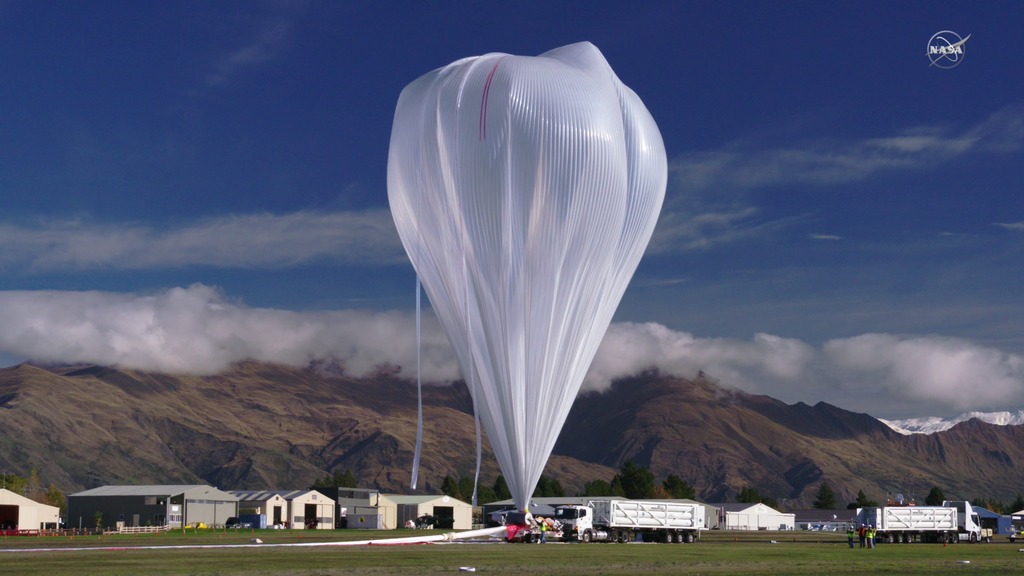
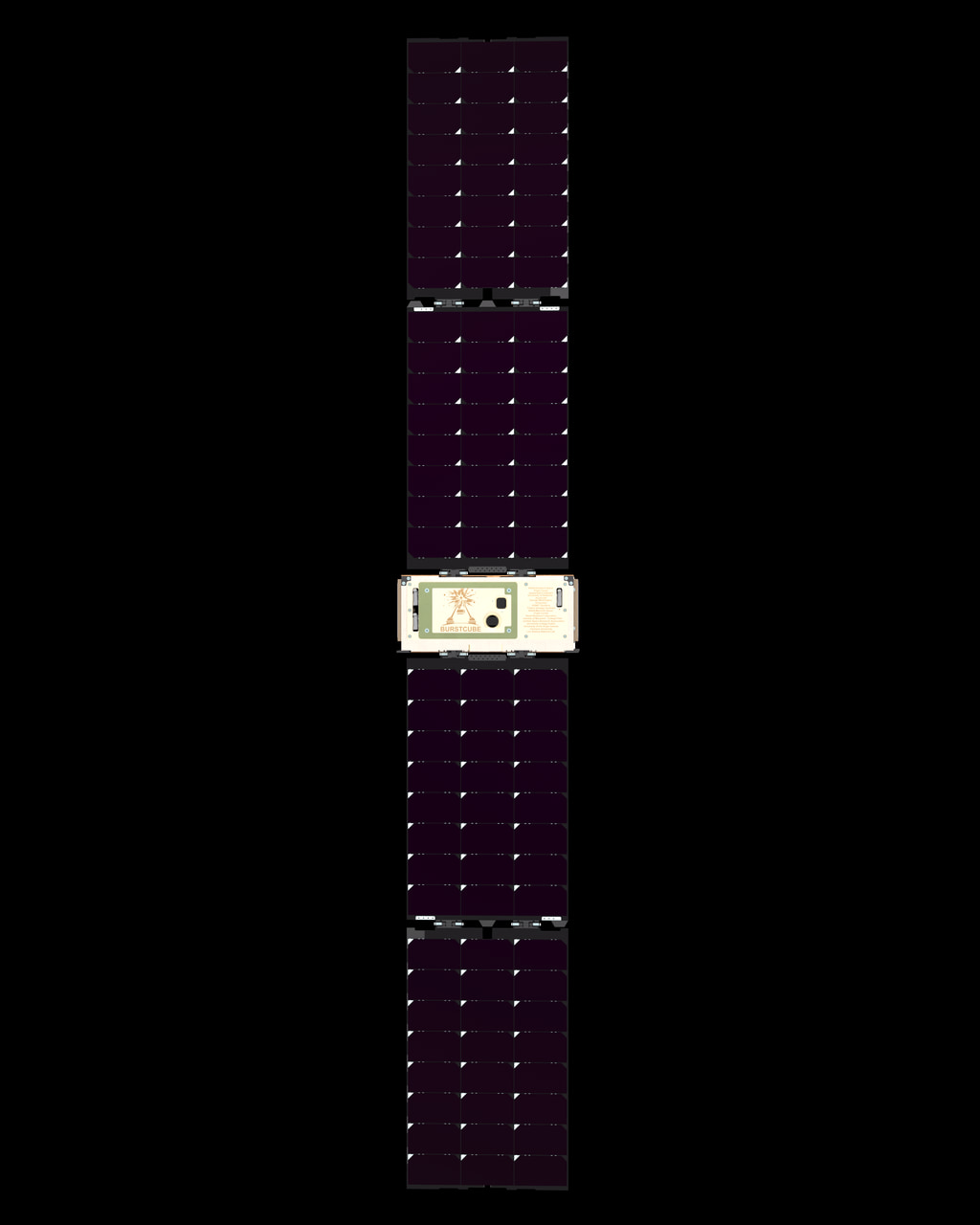
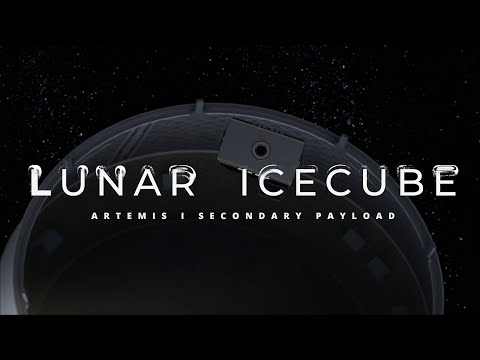

![Music: Charming Noise by Adrien Sahuc [SACEM], Benjamin Sahuc [SACEM]Complete transcript available.](/vis/a010000/a012900/a012957/Screen_Shot_2018-05-14_at_5.20.10_PM.png)